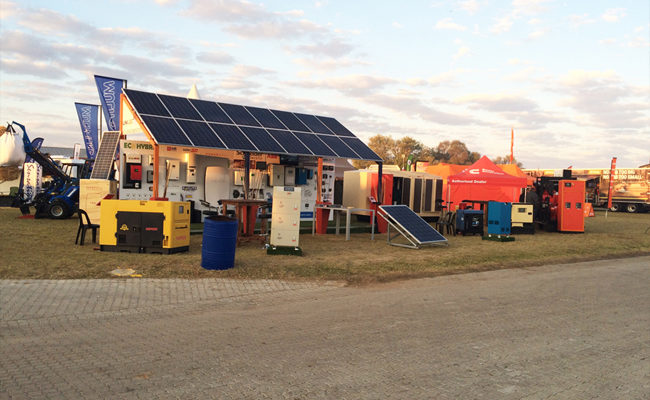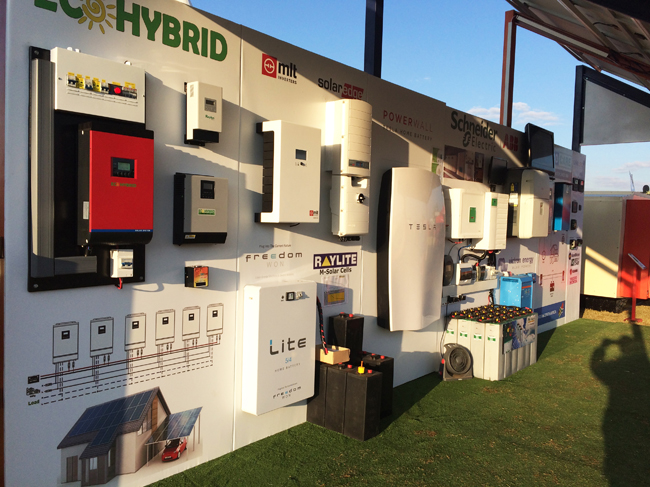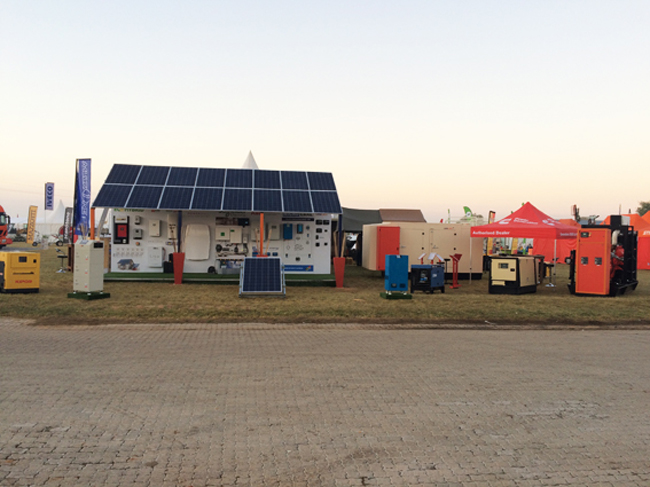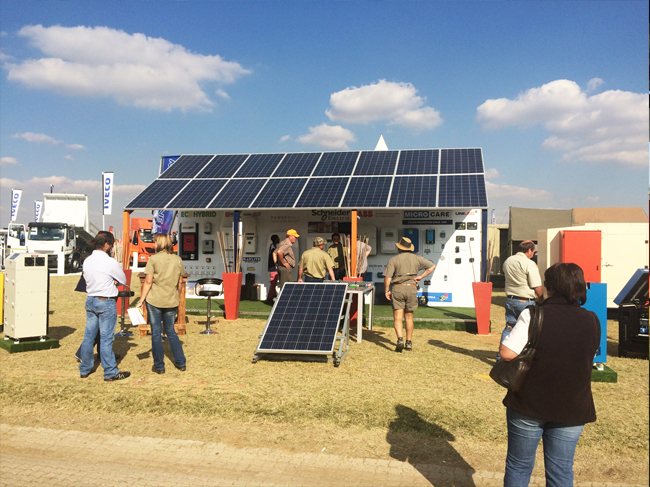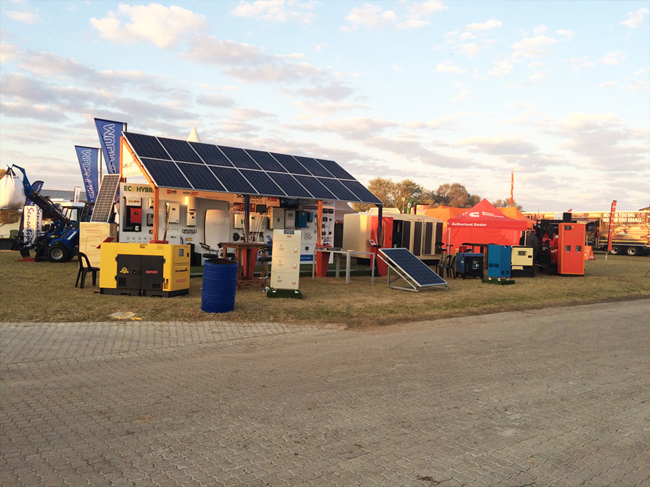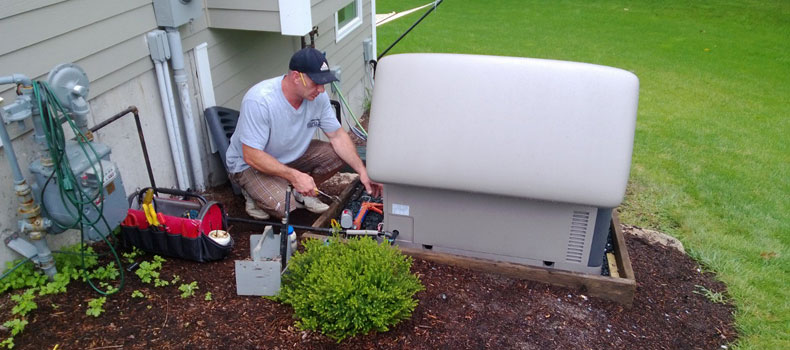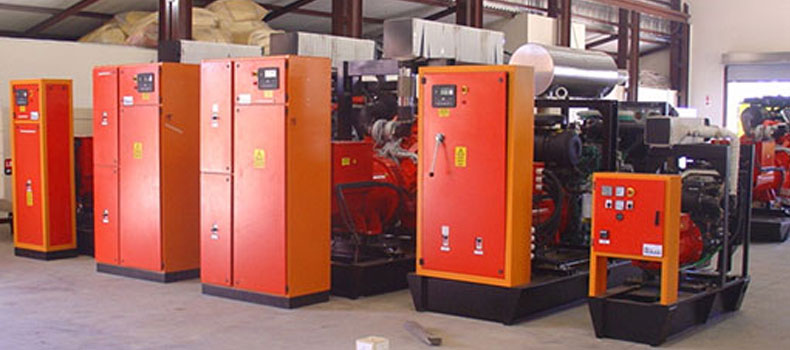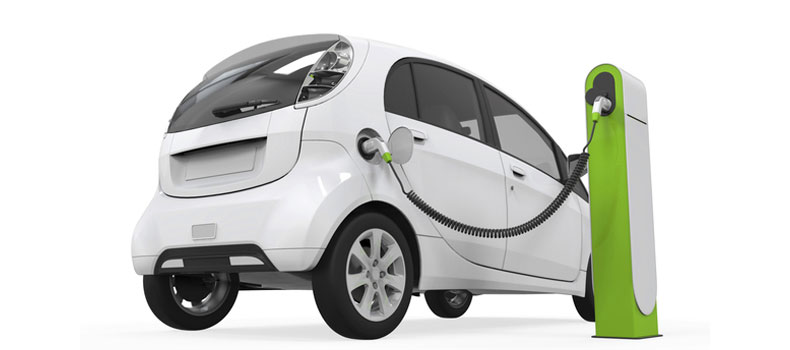September 12, 2017
How does adding generator to your home save you money
Generator Installation
Whether you need temporary power for medical, heating, cooling or electrical reasons, turn to The Home Depot’s electricians for home generator installation. As the #1 distributor and installer of emergency standby generators, we handpick local generator installation professionals who meet the highest standards for experience, know-how and customer service to get the right standby generator for you. We screen and perform background checks on all of our generator installers before we send them out on any job, to ensure they have all applicable licenses and insurance.
Backed by at least a one-year service warranty, we offer liquid- or air-cooled generators to keep your essential appliances working seamlessly when the power goes out. We’ll help with your home-energy assessment and find the most efficient home generator for you and your budget. If you qualify for The Home Depot’s Project Loan, you can have an automatic standby generator installed for as little as $125 per month (based on average generator & installation cost). When you hire The Home Depot for your generator installation, you can feel confident we’ll get the job done right and stand behind our work.
How Standby Generators Work
When utility power and electricity is lost – whether it’s due to a storm, equipment failure, or something else – your installed standby generator is ready to help keep your home running smoothly. Always in standby mode, the generator will sense the power is out and turn on automatically to restore electricity within seconds! While everyone else is left in the dark, your standby generator quickly restores electricity in your home to keep your appliances, lights, and other electrical equipment operating normally. When utility power returns, the generator senses the change and returns to standby mode, ready for the next emergency.
Installing a Home Generator
If you’re interested in a home generator, a local service provider will come out and give a free in-home consultation to determine the ideal generator size for your home and needs. Depending on the extent of your standby power needs, our generators can power everything from air conditioning units to security systems and kitchen appliances with no refueling or extension cords needed.
During setup, your installer will also help determine the best placement for your generator outside the home. Some details our generator installer will look for:
• A clear space with open airflow to provide ample room for potential service and maintenance in the future;
• Ensuring the unit is located near the fuel supply but away from the dangers of rising water;
• The standby generator should sit flat – with a couple of inches of space on each side – on a secure bed of gravel, crushed stone, or even a small concrete pad, if desired.
After safely installing and connecting the gas line, the local installer will check for leaks to ensure your generator is properly installed and ready to act as an emergency power source for your home. Despite applying battery power during installation, the generator still needs to be activated via prompts during a system setup. Once activated by the installer, your new generator will be ready to automatically turn on in the event of a power outage.
Emergency Backup Generators
The Home Depot installs whole-house backup power solutions that manage your home’s emergency power needs with a flexible, low cost platform from leading brands like Briggs & Stratton, Generac, and Kohler. Let us install a home generator capable of handling life’s emergencies for you today!
February 1, 2017
Operator Panels
Generator Set Operator Panel
Operator Panels are included with generator sets and interface engine functions with generator functions. This allows for the engine and generator to be controlled by a single component. Operator panels provide the user with easy to view and use information, generator set controls and alarm and monitoring. Many suppliers offer options to panels such as AC metering and alphanumeric displays.
Single Generator Set Components
Many styles of components are available for generator setup and configuration. Systems can be basic (Figure 1) or complex to include remote monitoring and networking. Below is an example of a basic system’s components:
- Generator Set – Comprised of engine and generator and houses operator panel.
- Operator Panel – Communicates with automatic transfer switch (for starting signal). Controls start, run and monitoring activities for engine and generator.
- Automatic Transfer Switch – Monitors power at switch panel. When a significant drop or loss of power occurs, switch signals generator set operator panel to start engine.
- Switch Panels – Distribute power to various circuits.
- Loss of Power
When main power is lost the following events occur:
- Automatic transfer switch signals generator set operator panel to start.
- Operator panel starts the generator set and monitors engine and generator functions.
- Generator supplies power to switch panels. Emergency power is distributed as designed.
- When main power is available, automatic transfer switch disconnects generator set and connects to main power grid.
- Operator panel controls engine run time to allow for cool down.
February 1, 2017
Electric cars are pollution shifters: we will need huge investment in generation capacity
There seems to be little understanding of the simple fact that electric vehicles (EV) are, in the main, pollution shifters – from tailpipe to power generation facility (Ban from 2040 on diesel and petrol car sales, 26 July). The electricity generation and transmission system is already tested to its limits during a harsh winter. Only if objections disappeared to the mass building of thousands of the largest wind turbines, plus similar numbers of hectares of photovoltaic solar generation, could the pollution shifters’ argument be refuted. Even then, there would still be need for conventional or nuclear generation for when the sun doesn’t shine and wind doesn’t blow – doubling the capital requirement.
Then there is the transmission system. Its capacity is based on “averaging”. It assumes that not everyone will be using the full load available to their house at the same time. Each EV charging station takes minimum 3.3kW for around 12 hours – or 7.2kW for fast charging. It would be the equivalent of every house having an electric shower in service for many hours, all at the same time. The distribution system is simply not designed to cope with these simultaneous loads. If the government is serious about no new hydrocarbon-fuelled cars after 2040, we would need to start a programme of upgrades or replacement to the entire electricity distribution system.
Backup power stations, particularly nuclear, need a long lead time. I’ve heard nothing which gives me confidence that the government has any understanding of the size of the electricity infrastructure task to support the 2040 target. Even if that understanding exists, is it really feasible that private capital could be sourced to support a project with returns somewhere in the distant future? The Hinkley debacle suggests not. Can we really believe National Grid and the power network companies would or could build a new high-voltage grid, complete with substations, local transformers and upgraded street cables? I’ll believe the government is serious when I hear a plan to build multiple power stations for completion in the 2040s and I see the digger, followed by a huge cable drum, coming down the street.
Colin Read
New Romney, Ken

